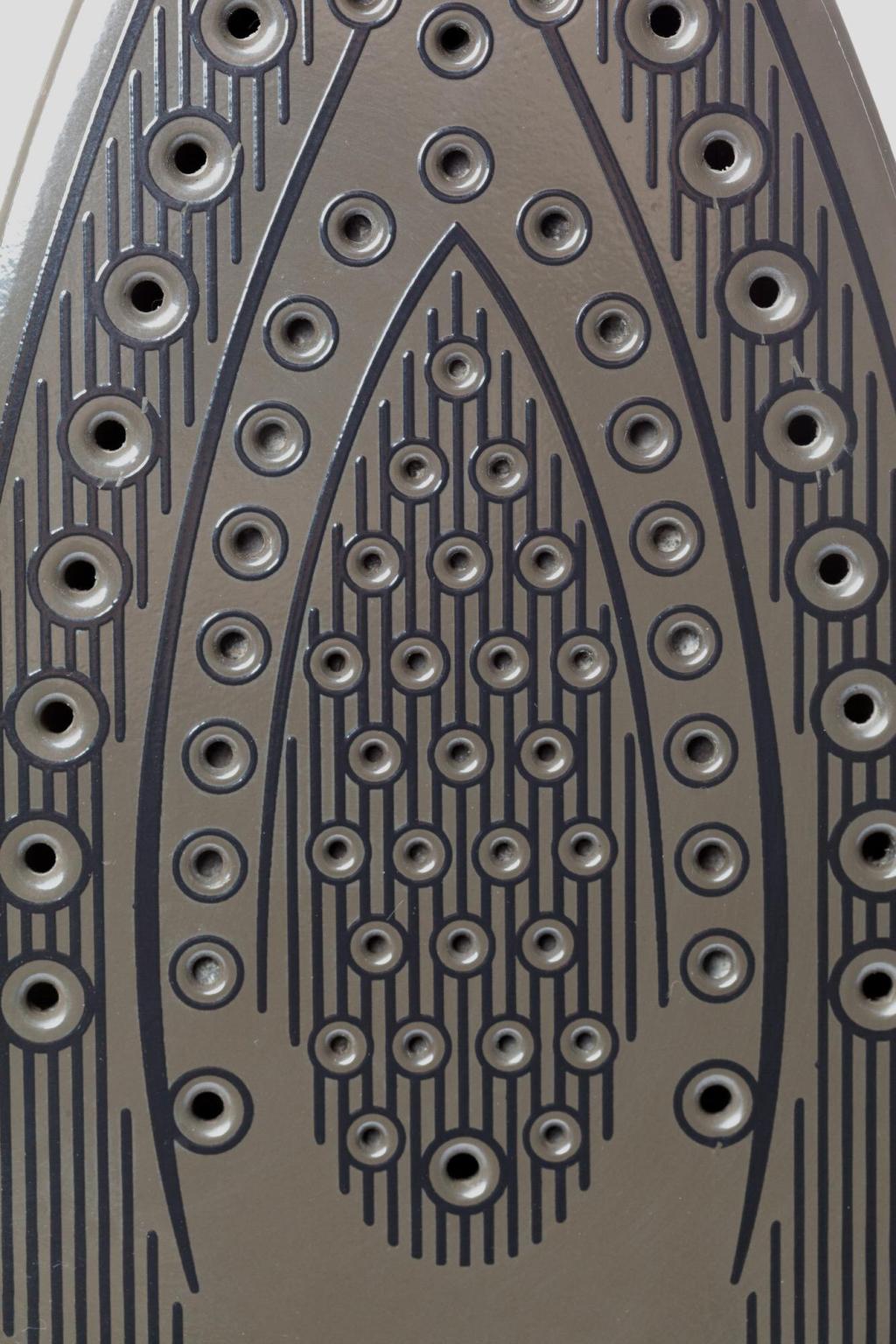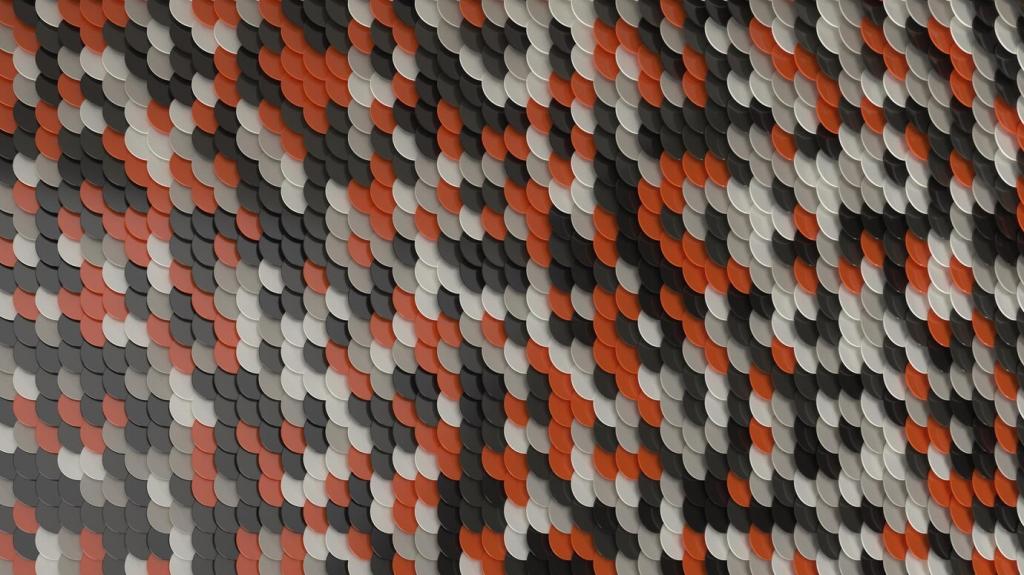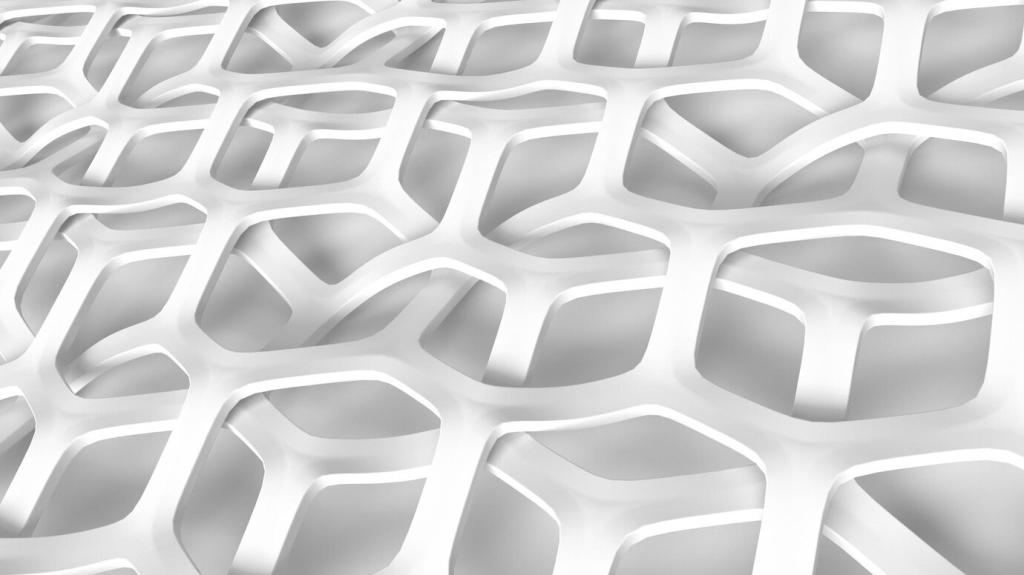Community Impact and Urban Experience
Thoughtful finishes and textures reduce glare, respect historic sightlines, and reinforce local identity. Metal panels can be bold yet considerate—invite your community to weigh in early, and share what responses shaped your final facade choices.
Community Impact and Urban Experience
Perforated metal with acoustic backers can soften urban noise at entries and terraces. Designers near rail lines and busy streets report measurable improvements in comfort, encouraging lingering rather than rushing past the building edge.






